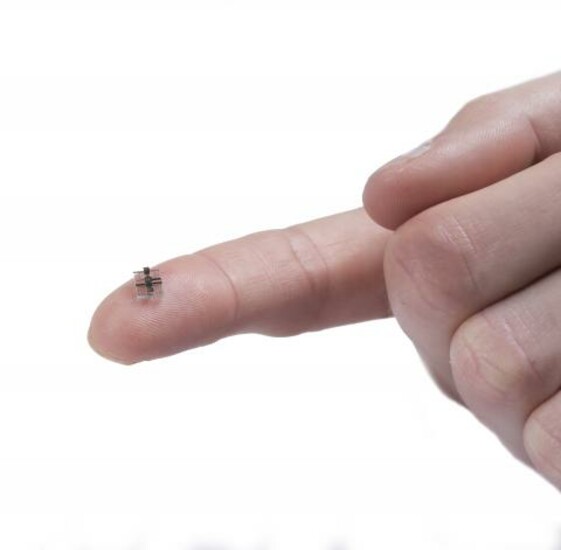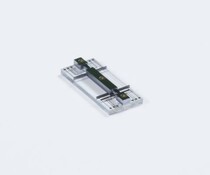Draper Is Developing a Noncontact Sensor that Measures the Body’s Hidden 3D Bioelectric Field
CAMBRIDGE, MA—Every year millions of Americans undergo an electrocardiogram to diagnose heart disease. The medical test, standard in doctors’ offices and operating rooms, has been around for decades, but a new technology may redefine the ECG—enabling direct measurement of the heart’s three-dimensional (3D) bioelectric field.
Jesse Wheeler, head of MedTech and Analytics at Draper, says, “Traditional ECG systems are likely missing important diagnostic information because they measure one-dimensional (1D) voltage signals, which are shadows of the underlying 3D electric field produced by the body. Draper’s E-field sensor is designed to directly measure the hidden 3D electric field produced by the heart.”
Wheeler says the new sensor is a breakthrough for another reason. Unlike traditional ECG systems, it doesn’t use electrodes or leads. It measures 3D bioelectric fields without contact with the body. Wheeler describes the sensor as “a millimeter-scale, noncontact, electrode-less and lead-less E-field sensor.”
In a break from the design of traditional ECG systems, Draper developed its E-field sensor as a microelectromechanical system (MEMS). James Bickford, a physicist at Draper, explains that inside the sensor is a tiny device called an electric dipole. Similar to how a magnetic dipole of a compass rotates to point in the direction of a magnetic field, the 3D E-field sensor measures the rotation of the electric dipole to detect the magnitude and direction of an electric field. The result is a 3D picture of the heart’s bioelectric field, an improvement over the 1D voltage measurements of traditional ECG systems.
Bickford says, “Benchtop test results have been very encouraging, and we believe we are within a single design iteration from achieving our target noise performance for high-fidelity cardiac field measurements.”
“Draper’s E-field sensor brings two key advancements beyond state-of-the-art,” Wheeler explains. “3D electric field measurements could provide enhanced diagnostic information about disease. Also, noncontact sensing, without electrodes and leads, could make high-resolution mobile monitoring a reality for athletes, first responders, soldiers and trauma patients. Sensors could be embedded in everyday items, like clothing, smart watches, helmets and seats.”
Next up for Draper is to continue to refine the sensor’s sensitivity and noise performance for human use, and package it for low-cost, high-volume production. In future applications, the sensor may be used for more than just monitoring cardiac signals. Draper is also interested in using the sensor to monitor other biosignals, including neural and muscle activity.
Draper is pursuing commercialization with partners in industry and government, a path it commonly uses in bringing novel technologies to the broader market.
Released November 23, 2020







